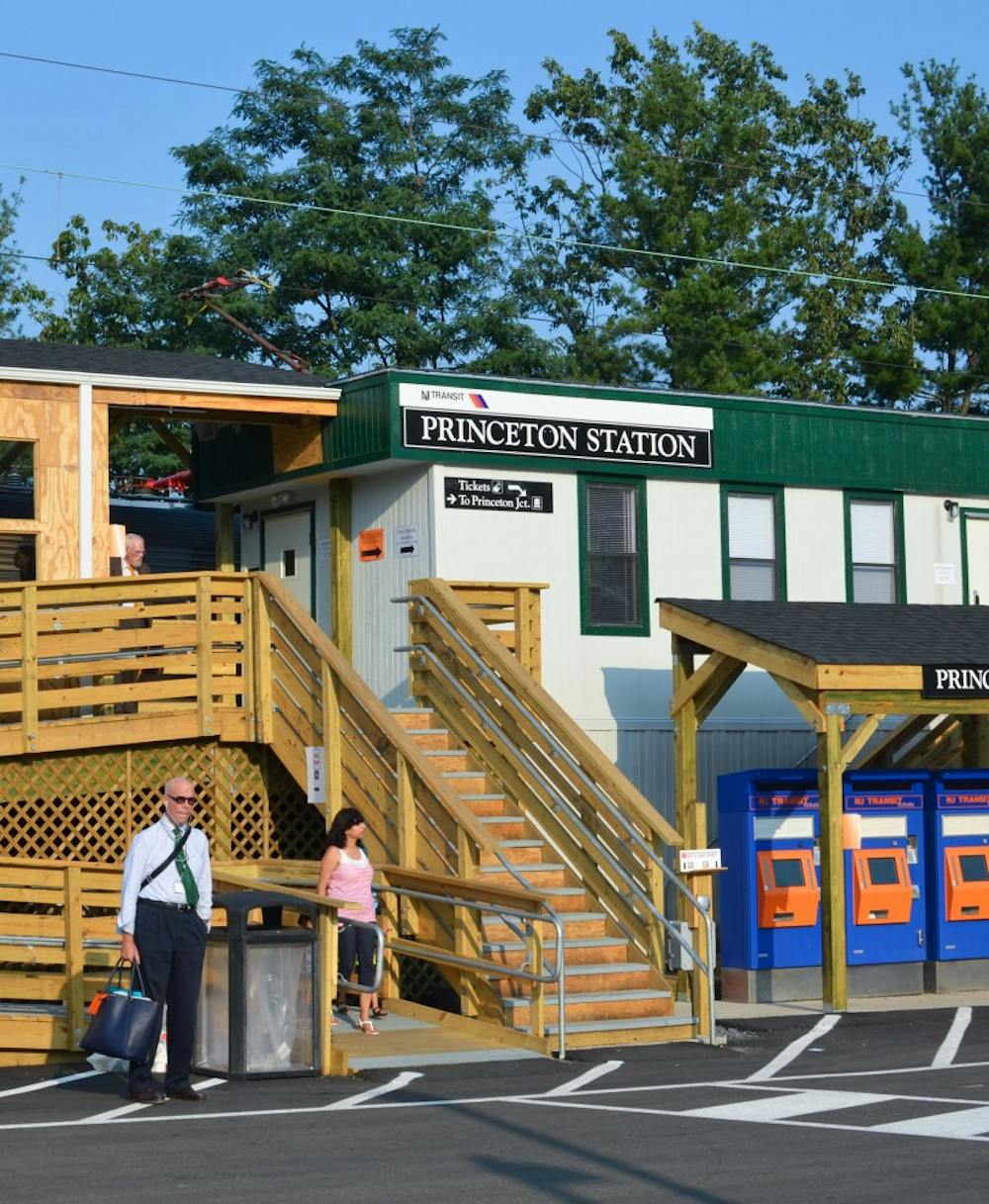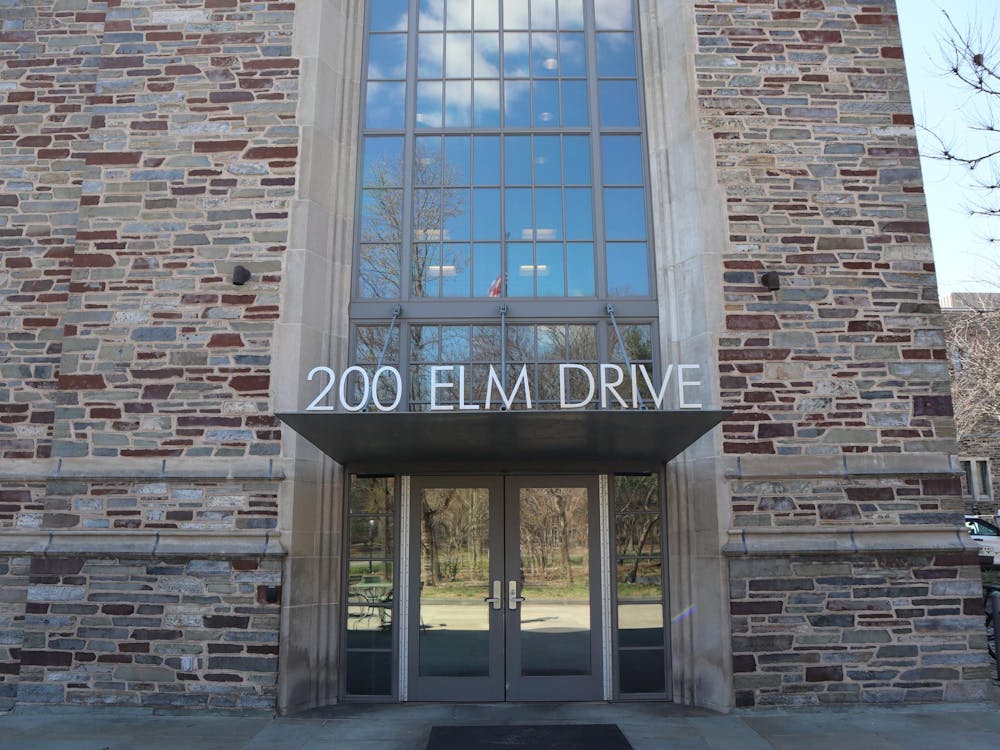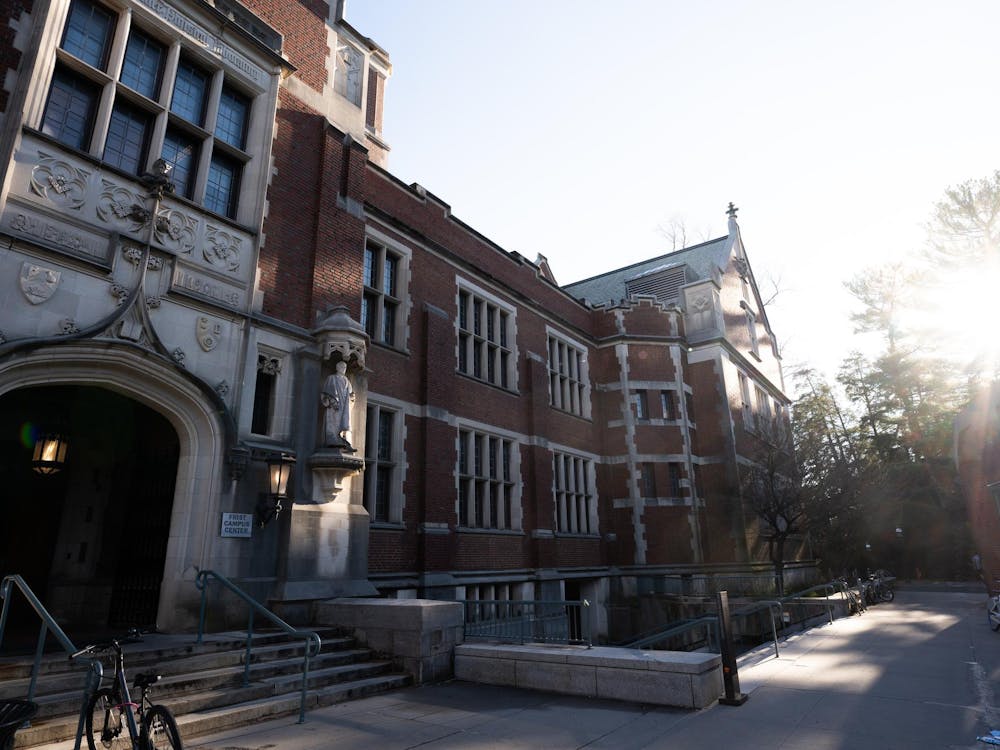Ridership for the Dinky train line, which runs between the University and Princeton Junction, declined by 10.4 percent from October to December of 2013 as compared to the same period in 2012, according to New Jersey Transit, the state-owned company that operates the train line.
However, according to the University, which operates a parallel bus system called TigerPaWW, total ridership went up by 5.8 percent when the University’s bus users are accounted for.
NJ Transit’s analysis notes that the decline in Dinky ridership occurred around the same time as the implementation of TigerPaWW, the University’s shuttle bus system that was introduced last year due to the station’s temporary relocation.
A new Dinky station is set to open this summer as part of the University’s Arts and Transit Neighborhood.
Director of Community and Regional Affairs Kristin Appelgetexplained that the University implemented the free bus system in recognition of the fact that during the station’s transition phase the bus may be more convenient than the Dinky for some passengers.
“Clearly the strong ridership numbers proved that that’s true,” Appelget noted.
She added that there are additional options for passengers to connect to other transit roads from the temporary station, such as the municipality’s free bus system, which operates during peak commuter hours, or the TigerTransit bus, which is free to all members of the public.
Craig noted that the TigerPaWW bus is susceptible to traffic and is only a temporary arrangement.
The New Jersey Association of Railroad Passengers, an organization that advocates for more citizen involvement in deciding transit affairs within the state, issued a press release saying that the 10.4 percent decline is actually more in the range of 20 percent because ridership in the rest of the Northeast Corridor line has risen by 10.4 percent.
“We can never determine exactly what happened because it didn’t happen,” NJ-ARP vice president Jack May said of possible variables in this assumption. “It is extremely reasonable and statistically accurate to assume that maybe the increase on the Princeton branch wouldn’t have gone up by exactly 10.4 percent, but it would have been in that neighborhood [if the old station had remained in place].”
Appelget noted that NJ Transit officials pointed out a discrepancy in Dinky ridership with the rest of the Northeast Corridor line several years before the project was officially approved.

“There has not been growth on the Dinky corridor line commensurate with increases that we’ve seen over several years in ridership of the Northeast Corridor,” she recalled NJ Transit officials saying. Therefore, Appelget explained, making this comparison is not accurate.
She also said that NJ Transit was particularly excited about the University’s arts project because it hopes to increase Dinky ridership through the added attraction of arts facilities, amenities and a new parking lot.
Both Craig and May said that their organization is very concerned that the lull in Dinky ridership foreshadows its eventual discontinuation in favor of a bus system.
“At some point when budgets are made, people in power are going to start thinking, ‘Hey, this line is really losing a lot of money, maybe we shouldn’t bother running it,’ ” May explained. May added that although the discussion of the Dinky has centered around the arts and historical preservation, the main issue is transportation.
Craig said that the ideal solution would be to preserve a right of way for the Dinky through the Arts and Transit Neighborhood project to University Place and then convert the Dinky line into a light rail or a modern streetcar operation extending up to Nassau Street.
He also said that because New Jersey Gov. Chris Christie, who is also a University trustee, approved the University’s plan to move the Dinky, governmental organizations such as the Historic Sites Council gave into the project from the beginning.
“All public involvement since then, informational sessions, going before Princeton’s governing bodies, before the state historic preservation council, has been a sham,” Craig said. “The decision was made on high. Everyone fell in line whose jobs were at stake.”
Two court cases challenging the Universityproject’s municipal land useare still pending.









